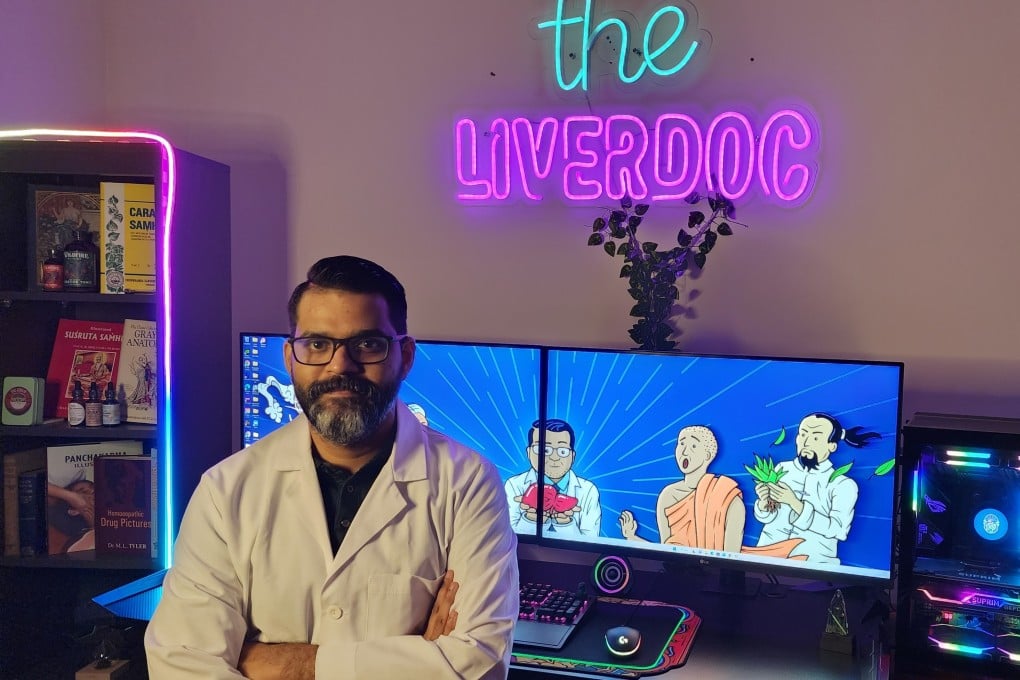Doctor lifts lid on dark side of India’s ‘wellness’, traditional medicine sector
- Despite threats and complaints, and accusations he is ‘anti-Hindu’, scientist Cyriac Abby Philips has been highlighting cases of liver damage caused by traditional medicine
- India’s government has been promoting ayurveda as an alternative to Western medicine, but its benefits are insufficiently tested, he says

Indian liver doctor Dr Cyriac Abby Philips’ Twitter account was once mainly populated with photos of his family and favourite food, and used to catch up on the news.
It took a viral thread on the diet supplement company Herbalife for the Kerala doctor to realise that social media was an important platform in his effort to raise awareness about the harmful impact of poorly regulated traditional medicine and popular nutritional supplements that cause liver damage.
In August 2018, Philips published a peer-reviewed, co-authored paper on the first Asia-Pacific case study of a woman who died after taking dietary supplements by Herbalife, a US$1.65 billion California-based corporation which responded with such a fierce legal threat that The Journal of Clinical and Experimental Hepatology removed the paper from its website.
Two years later, after a gastroenterologist tweeted about the potential harm caused by workout supplements, Philips replied to the post cautioning people about the influence of the pill industry. His thread in December 2020, highlighting his experience being shut down by Herbalife, caused an immediate storm in the medical community and elsewhere, with his follower count for @TheLiverDr shooting up virtually overnight from about 400 to more than 5,000.
“My little, but depressing, story on how money took down science became important news which travelled from my Twitter handle to across the world in just a few days,” Philips said via email. “This is when I understood how Twitter was an important tool to make unseen things seen.”